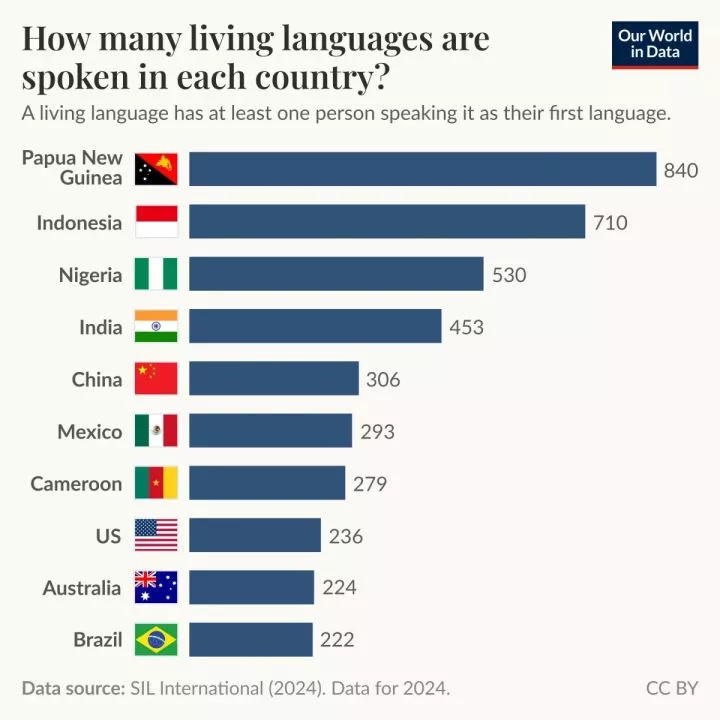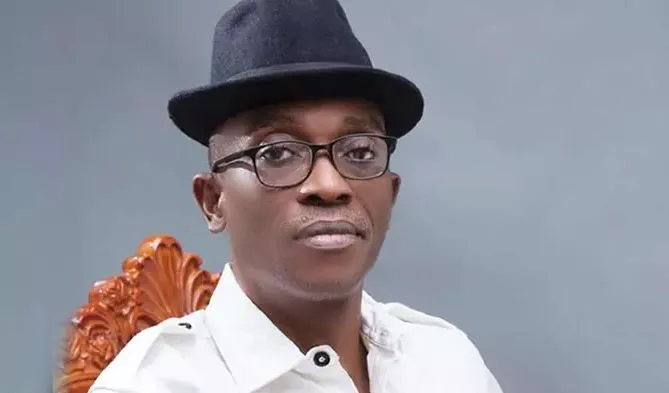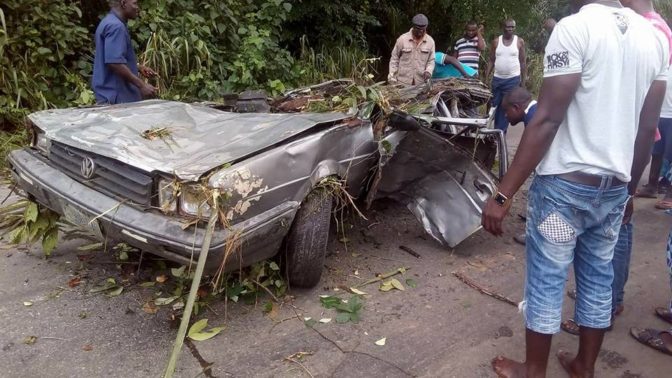
In most countries around the world, there are one or two dominant languages that are spoken.
But imagine a place where only 13% of people live in cities-and everyone else lives in remote rural locations, sometimes on small, far away islands or in tribal villages. And in this place, there are not one or two languages, but 840 languages thriving.
Well, that place is Papua New Guinea, and it's the most linguistically diverse country on the planet.
The Data on Living Languages
| 1 | Papua New Guinea | 840 |
| 2 | Indonesia | 710 |
| 3 | Nigeria | 530 |
| 4 | India | 453 |
| 5 | China | 306 |
| 6 | Mexico | 293 |
| 7 | Cameroon | 279 |
| 8 | United States | 236 |
| 9 | Australia | 224 |
| 10 | Brazil | 222 |
As mentioned earlier, Papua New Guinea has 840 living languages, the vast majority of which are indigenous and spoken in small pockets of the country. That said, a form of English pidgin (Tok Pisin) is the lingua franca with over 4 million speakers.
It's estimated that there are about 23 languages in the country that have more than 20,000 native speakers. The rest are a long tail statistically, being spoken by smaller and smaller communities and groups.
Indonesia shares the same main land mass of Papua New Guinea (the island of New Guinea), so it's not surprising to see it next on the list with 710 living languages being spoken across the entire archipelago. However, a key difference is population-Indonesia has nearly 30 times the population, making it less "language dense" per capita.

















Comments